To my incredible wife, Ina Gyemant
Lyons Press is an imprint of Rowman & Littlefield
Distributed by NATIONAL BOOK NETWORK
Copyright 2014 by Leonard Shlain
All rights reserved. No part of this book may be reproduced or transmitted in any form by any means, electronic or mechanical, including photocopying and recording, or by any information storage and retrieval system, except as may be expressly permitted in writing from the publisher.
British Library Cataloguing-in-Publication Information available
Library of Congress Cataloging-in-Publication Data available
ISBN 978-1-4930-0335-8 (hardcover)
eISBN 978-1-4930-1557-3 (eBook)
 The paper used in this publication meets the minimum requirements of American National Standard for Information SciencesPermanence of Paper for Printed Library Materials, ANSI/NISO Z39.48-1992.
The paper used in this publication meets the minimum requirements of American National Standard for Information SciencesPermanence of Paper for Printed Library Materials, ANSI/NISO Z39.48-1992.
Contents
Note to Reader
On September 6, 2008, our father entered emergency surgery and was diagnosed with stage 4 brain cancer and given nine months to live. The prospect of losing our father, a simultaneously larger-than-life and loving and fully present figure, took our breath away. Up until that fateful day, he had been diligently finishing this book that he had worked on for seven years, Leonardos Brain .
Our days were spent eating meals together, searching for silver brain-cancer bullets, shuttling between radiation and daily blood transfusions, and writing this book. So whether we were reading or talking about his book, or the tumor we were trying to shrink in his head, we were always talking about Leonardos Brain in one form or another.
These days were especially high-definition. He reached out to people he hadnt seen in years, and they would pick him up at home, take him out for a fabulous lunch with a glass of wine, and reconnect. After this, he would sit in the blood transfusion chair at the hospital and then go home and get back to writing. He was trying to download all his ideas and knowledge before it was too late.
He finished the book on Monday, May 3, 2009. It was akin to watching a long-distance runner cross the finish line. On Thursday, May 6, we spent the evening selecting quotes from a large list of favorites he kept in a document, placing two or three atop every chapter, like putting dewdrops on the leaves of a Japanese tea ceremony orchid.
On Friday, May 7, Ina, his wife and our stepmother, called all three children and his two best friends to his bedside. She said he had something he wanted to tell all of us. We gathered around him, but this time he couldnt speak. Still, we could see the thoughts dancing in his eyes. He looked frustrated at not being able to find words, but then he started to look amazed. He kept saying Wow. Then he started to slip away.
He died Monday, May 11, 2009, at 5:40 a.m.
Leonardos Brain is not only one of his grandest intellectual journeys, akin to his books Art & Physics , The Alphabet Versus the Goddess , and Sex, Time, and Power , but it also kept him alive.
He loved more than anything else to share. As his children, we are honored to share this book with you.
Kimberly (Shlain) Brooks, Jordan Shlain, and Tiffany Shlain
Authors Note
Dear Reader,
In the months before September 6, 2008, I noticed that I was having trouble buttoning my sleeves with my right hand more than my left, even though I am right-handed. When I came down for breakfast that morning, I could barely speak. My alarmed wife, Ina, called my son, Jordan, a doctor, who scheduled an emergency MRI. I emerged to find my friend Brian Anderson, a neurosurgeon, at my bedside. He told me in a serious voice that I would need emergency brain surgery in two hours.
The brain tumor was large and malignant. Even though I knew that the tremendous difficulty I was having speaking and moving my right side was as a result of brain swelling secondary to the surgery, at the time I was not so sure I would recover. Thankfully, I did.
The reason I am telling you of this development, dear reader, is to let you know that I am determined to finish this book. Tiffany Shlain, my youngest daughter, who lives near me, has assured me that she will be there for any help I need. Most of it is written, and the last few chapters are in my head. I had planned to make this book as accurate as possible, and to meticulously go over every fact and date to ensure that there are no errors. Alas, there is not enough time left for me to guarantee that, so I ask for your tolerance if the book slips on a detail, or if an endnote is missing.
I have poured myself into this book by reading and synthesizing an enormous amount of background information about Leonardo and the evolutionary development of the brain. In this book I aim to present original theories that weave together the different aspects of Leonardos life (and brain) that have not yet been considered by previous scholars from the fields of psychology, art history, and science. In doing so, I hope to stimulate new thinking about Leonardo and humankind alike.
Leonard Shlain
Mill Valley, California
April 2009
Great art can communicate before it is understood.
T. S. Eliot
It seems to me that in the question of truth and beauty one finds what is really the deepest root of the relationship between science and art.
David Bohm, quantum physicist
The artist is the antennae of the race.
Ezra Pound
Preface
Another book about Leonardo da Vinci? Is there no end to authors, poets, historians, art critics, scientists, and psychiatrists rooting around in this cultural giants extensively overexamined life? Can we not let this poor souls psyche rest in peace? I would answer, Well, not yet. Scholars have scrutinized both Leonardos life and work with a perspective particular to each of their specialties and interests. I intend to scrutinize Leonardo utilizing the knowledge others have gained, but seen from a perspective none have previously employedthat of a general and vascular surgeon with an abiding interest in brain science, and, in particular, the division of functions between the two hemispheres of the brain. I am convinced that many of the mysteries of the human condition are a result of this split-brain duality. It forms a paradox best represented by the English first-person singular I. This perpendicular straight line with no subsidiary parts seems the perfect icon for the self-contained human being I. The vertical stroke creates a division between everything within the waterproof bag we call our skin, and everything on the other side of that bag.
But neuroscientists have learned that what we think of as the singular I can more accurately be construed as a sharp line cleaving the two, sometimes competing and sometimes cooperating, halves of a persons cerebral hemispheres. In truth, we are Siamese twins conjoined at the corpus callosumthe broad band of fibers that connects the right and left halves of the brain in all vertebrates. Each of the halves of a human brain can generate opinions, perceptions, likes, and dislikes different from those of its yoked twin across the way. There is a long history in literature and art of two personas existing within one body, epitomized by Robert Louis Stevensons two characters operating within the confines of one body that sometimes manifested as Dr. Jekyll, and other times as Mr. Hyde. Only recently has it been possible to assign to each of them their own individual anatomical mailing addresses.


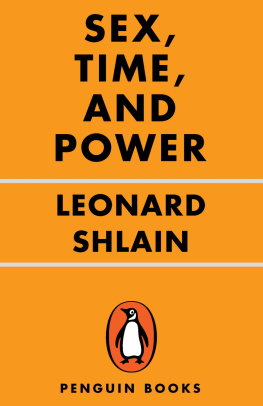
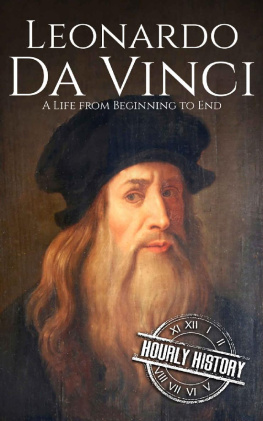
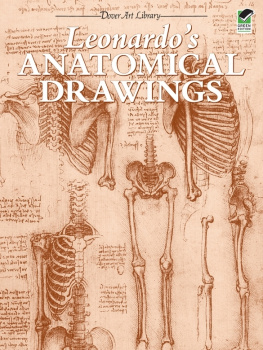



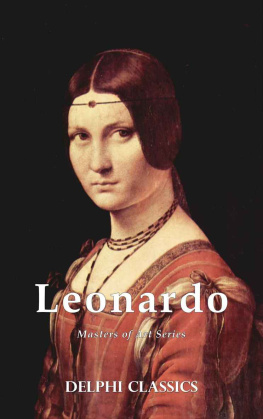
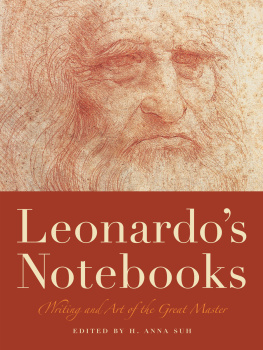

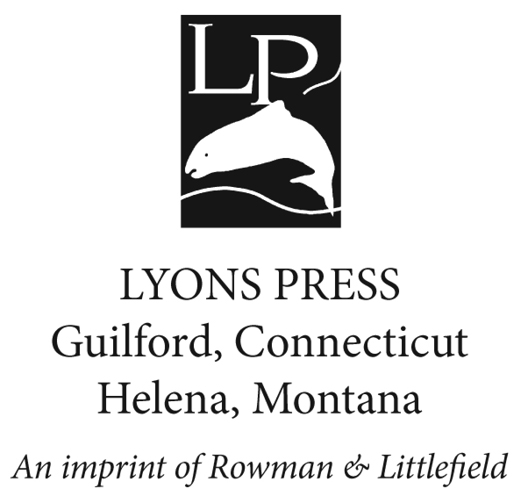
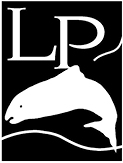
 The paper used in this publication meets the minimum requirements of American National Standard for Information SciencesPermanence of Paper for Printed Library Materials, ANSI/NISO Z39.48-1992.
The paper used in this publication meets the minimum requirements of American National Standard for Information SciencesPermanence of Paper for Printed Library Materials, ANSI/NISO Z39.48-1992.